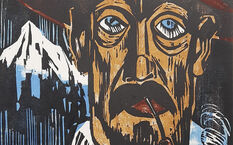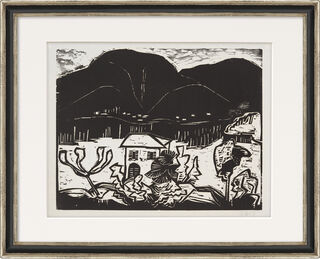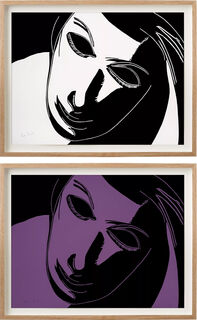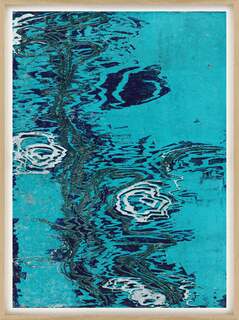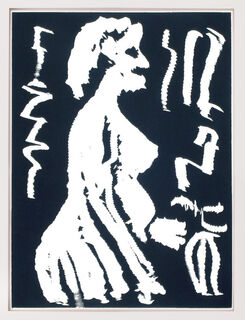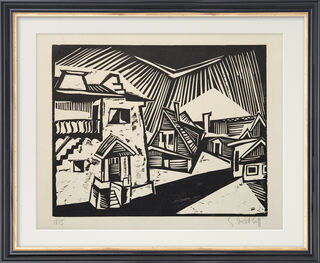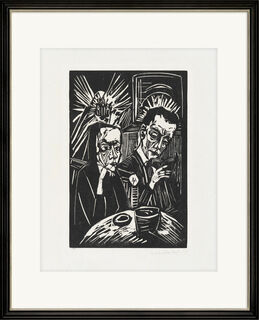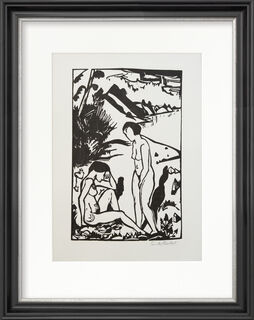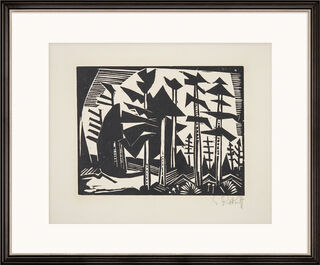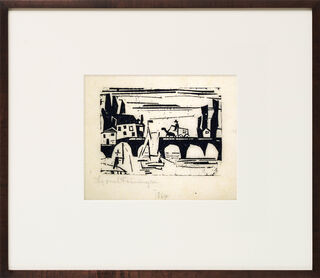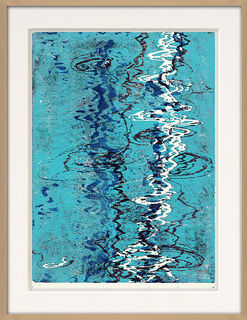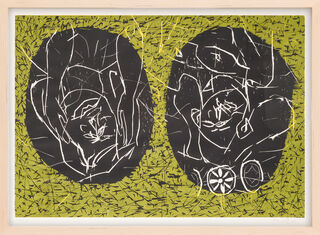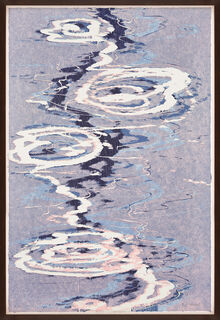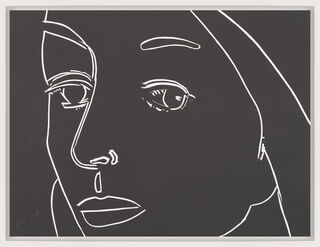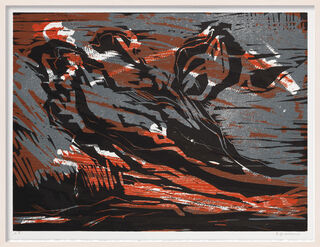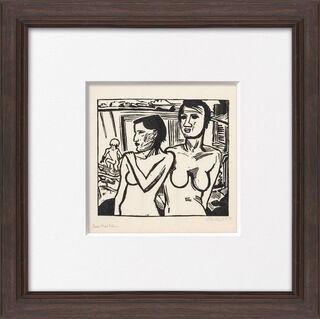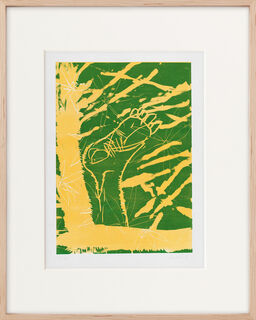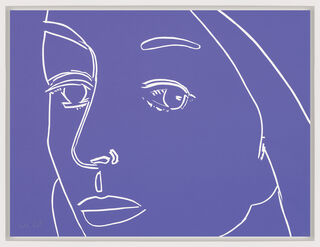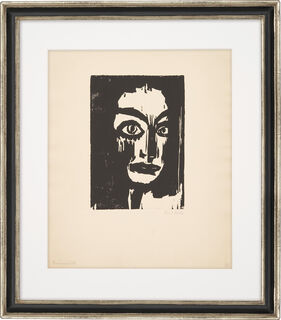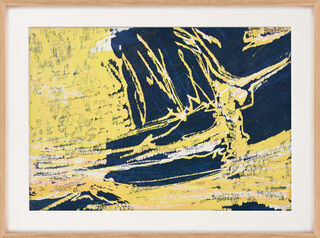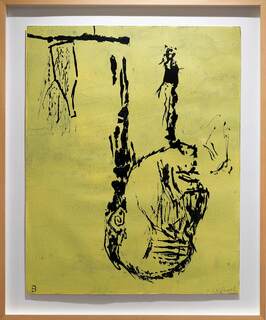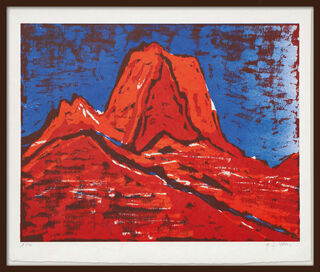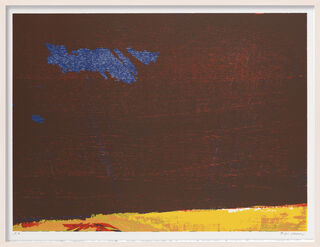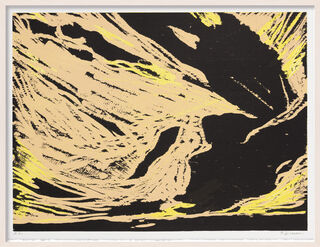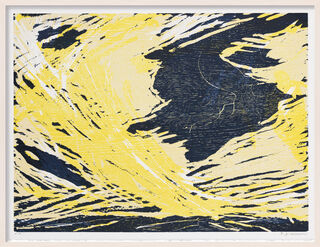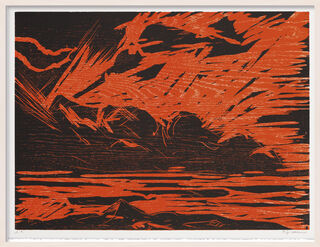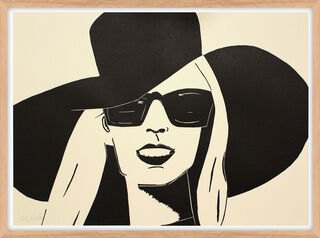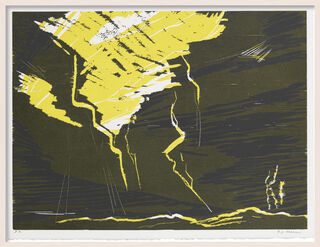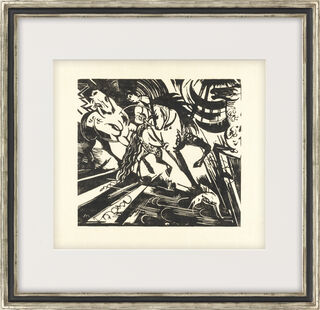Woodcut
Woodblock printing is a relief printing technique. First, the image is drawn on the surface of a wooden block, laterally reversed. Like a stamp, the image motif remains while the non-printing parts are removed with a cutting tool. The artist then applies ink to the wood block, places the paper on top and presses it firmly. The image appears the right way round on the paper.
Like so many cultural techniques, woodcut printing was imported to Europe from East Asia. There it established itself at the beginning of the 15th century as the first method for the mass distribution of images and texts. The oldest of the relief printing techniques experienced a heyday around 1500 with the works of Albrecht Dürer.
In Expressionism, with artists such as Erich Heckel, Ernst Ludwig Kirchner, Max Pechstein and Edvard Munch, the woodcut was popular because of its simple technical reproducibility and archaic expressiveness.
And contemporary artists also appreciate this old printing technique.
For Georg Baselitz, cutting into wood is a means of finding form: "I always made woodcuts when I felt the need to specify an image or pictorial idea that I had developed and that was manifest in pictures, in a final form."

